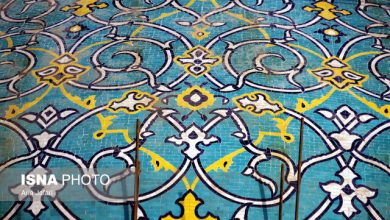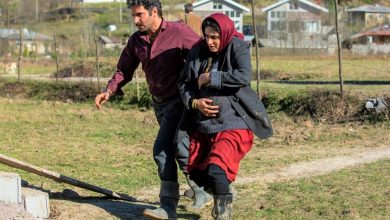
What is striking about this operation is the very few losses in the ranks of the internal forces during the attack on the enemy, so that the 27th Division of the Messenger (peace be upon him) had only one martyr until the morning of the operation.
According to informants, there was a limited conflict between Iran and America in the Persian Gulf in the summer of 1966. On the other hand, the timing of the operation in the west of the country prompted the leaders to begin to move westward. This period witnessed the implementation of “Victory 4, 5 and 7” operations in the northern front and the liberation of important heights of Iraqi territory.
Operation “Victory 7” was carried out in mid-August 1366 in the “Sulaymaniyah” region in Iraq under the symbol “O Fatima al-Zahra (PBUH).” The presence of the enemy in the heights of Sardasht region, especially the heights of al-Dubaja, faced many problems for the spread of internal forces in the region, but it facilitated their movement by reining in the counter-revolutionary elements. Accordingly, the implementation of operations to solve this problem has been placed on the agenda of the IRGC leadership.
This operation was accompanied by the capture of the important heights of Dobaga and the closure of the anti-revolutionary crossing in the west of the country. Its area was 30 square kilometers. The massive attack of internal forces led to the achievement of all the objectives of the operation in the first stage, despite the relative vigilance of the enemy. The second stage of the operation began after artillery bombarded enemy positions from two axes. After three hours of fighting, Iranian forces captured the first peak of Belft and took control of the asphalt road of Sardasht – Qal’at Dja and the border post of Belft.
This operation, which began at 2:30 AM, resulted in Iranian forces occupying Dobaza Heights, Bluff Heights, Stone Heights, and Dobaza Heights. Seeing the determination of the warriors, the enemy retreated after the resistance. Only at two points the enemy showed great resistance and was crushed. “Hazrat Rasoul’s Twenty-Seventh Army” is the rise behind the main peak of the area and “The Thirty-first Ashura Army” is the fourth actual elevation at the northern end of Dobaza in the Axis.
What is striking about this operation is the very few losses in the ranks of the internal forces during the attack on the enemy, so that the 27th Division of the Messenger (peace be upon him) had only one martyr until the morning of the operation. This problem refers to the surprise of the enemy. At about ten in the morning the enemy attacked several axes and was repelled. Meanwhile, the enemy’s fire and attack on the left flank attracted more attention, so the commander of the Jerusalem camp ordered the “33rd Mahdi Brigade” to enter the area and stand next to “Al-Ghadir 18”. “. pattern
According to the plan of the maneuver, the 29th Brigade of the Prophet Akram (peace be upon him) began the second phase of the operation to capture the height of deception on the second night and succeeded in the first hours of the conflict. Edit the main peak of this height. After that, the battle continued to capture other enemy positions on the heights, and with the help of fire support, further advances were made, and the peak of the deception was completely captured by the morning. On the morning of the first day and in the following days until the third of August 1366, the enemy attacked the peak of the deception ten times, all of which were defeated by the resistance of the Islamic warriors and settled the occupied area.
Among the achievements of this “Victory 7” operation, we mention the destruction of four helicopters, dozens of mortars, 10 tanks and personnel carriers, 50 vehicles and a large amount of light and semi-heavy enemy weapons. One brigade and 7 Iraqi battalions were also destroyed, and the number of dead, wounded and captured Iraqis reached 1285.
end of message /










